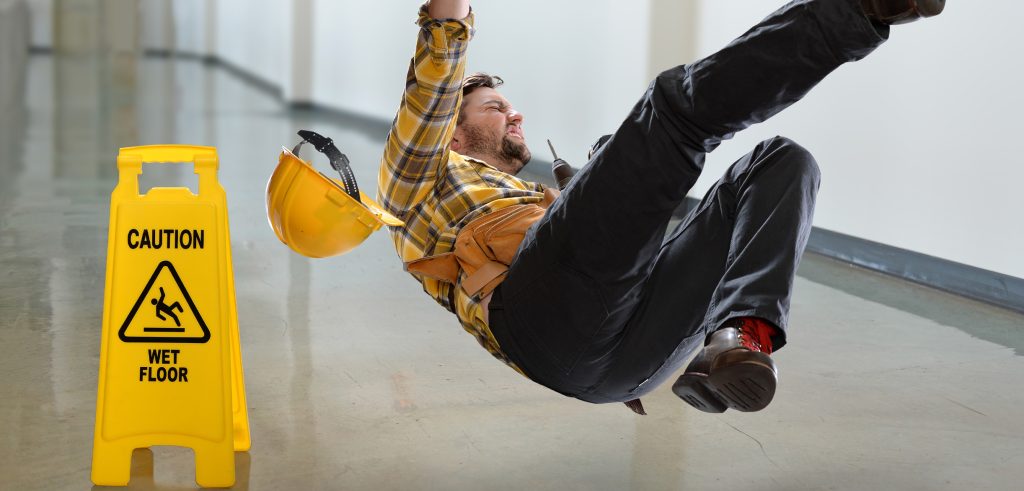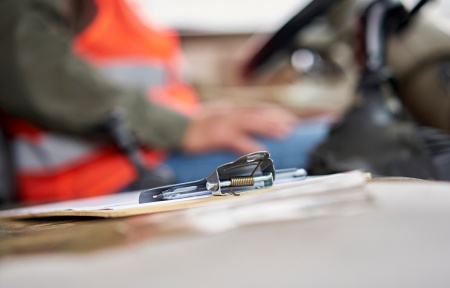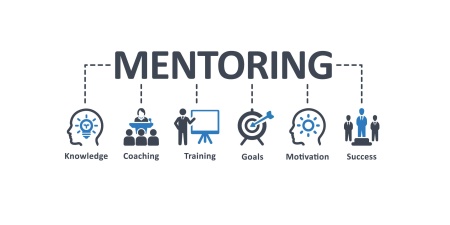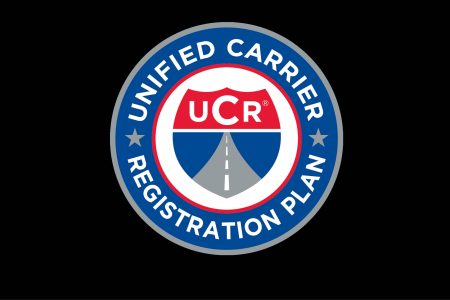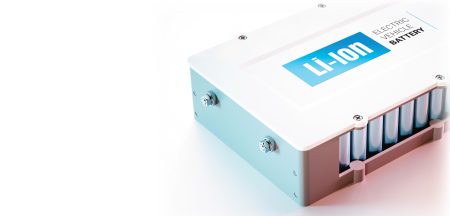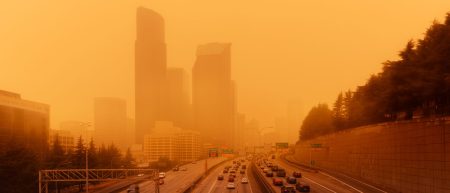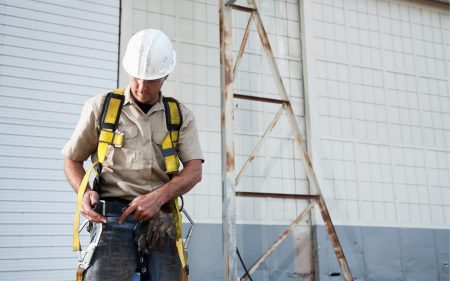According to OSHA, the most common work-related injuries are from slips, trips, and falls. Statistics show that more than 25% of all injuries across all industries are caused by slips, trips, and falls. Also, falls are the second leading cause of death across all industries and leading cause of death in construction.
In 2020, 805 workers died in falls, while 211,640 were injured badly enough to miss work. Most people assume that deaths from falls only happen from heights. However, in 2020, 136 workers died in falls from the same level.
TRIPS: What is the definition of a trip? A trip is when your foot or lower leg hits an object, and your upper body continues moving, which results in loss of balance. Since most people walk with their feet just half an inch off the ground, there are hazards everywhere that could cause a trip. OSHA’s trip hazard definition is any change in floor level that is a quarter inch or more, or at any joint or crack. Obvious examples of this would be electrical cords or wires, poorly lit areas, and clutter in walkways.
Here is an OSHA fatalities report from the last few years, showing worker deaths from trips. You can see that deaths can happen just from simple trips.
|
DATE |
CITY |
STATE |
HAZARD DESCRIPTION – TRIPS |
|
8/22/2022 |
San Perlita |
TX |
Craig Adams (49) suffered fatal injury after tripping and striking truck. |
|
8/11/2021 |
Bloomington |
CA |
Worker fatally injured in fall after tripping on pallet. |
|
7/23/2021 |
Ellsworth |
ME |
Worker tripped and suffered fatal injury when striking the floor. |
|
5/19/2021 |
Brook Park |
OH |
Worker suffered fatal injury after tripping and falling. |
|
3/3/2021 |
Jersey City |
NJ |
Worker fatally injured when tripping over pallet. |
|
5/16/2020 |
East Moline |
IL |
Worker died from injury suffered after tripping and falling. |
|
1/31/2020 |
Hanover |
PA |
Worker suffered fatal injury after tripping and falling |
|
9/22/2019 |
Buena Park |
CA |
Worker died after tripping on curb and striking head |
|
7/27/2019 |
Hillsborough |
NC |
Worker died after tripping and falling |
|
6/10/2019 |
Bloomington |
IN |
Worker died after tripping and falling in office |
|
4/6/2019 |
Pacific Grove |
CA |
Worker died from injuries after tripping and falling |
|
3/27/2019 |
Elizabeth |
NJ |
Worker fatally injured when tripping over hand cart |
|
3/23/2019 |
Antioch |
IL |
Worker died from injuries after tripping on store display. |
|
2/26/2019 |
Sandston |
VA |
Worker fatally injured after tripping on pallet |
SLIPS: The definition of a slip is simply the loss of balance when there is too little friction between the foot and the floor. Examples of slip hazards include surfaces that are wet with water or oils; floors with dust or other debris that may become slippery on a smooth floor; freshly waxed or washed surfaces; and ice- and snow-covered surfaces.
Here is another OSHA fatalities report, showing worker deaths resulting from slips in the last few years.
|
DATE |
CITY |
STATE |
HAZARD DESCRIPTION – SLIPS |
|
2/15/2021 |
Corpus Christi |
TX |
Worker slipped on ice and suffered fatal injury |
|
1/26/2021 |
Lovelock |
NV |
Worker suffered fatal injury when slipping on ice |
|
12/7/2020 |
La Vergne |
TN |
Worker suffered fatal injury slipping on floor |
|
8/10/2020 |
Tigard |
OR |
Worker suffered fatal injury when slipping on ground |
|
12/19/2019 |
Petoskey |
MI |
Worker suffered fatal injury slipping on ice |
|
10/11/2019 |
Waco |
TX |
Worker fatally injured after slipping in puddle |
|
6/22/2019 |
Galt |
CA |
Worker died after slipping and striking head on ground |
|
3/31/2019 |
Gallipolis |
OH |
Worker died after slipping and falling on floor |
|
1/30/2019 |
Salt Lake City |
UT |
Worker died from injuries after slipping and falling on ice |
It is the employer’s responsibility to address these hazards, inform and train employees, and protect them from injury. There is a hierarchy of controls in place in the safety world that should be followed which entail:
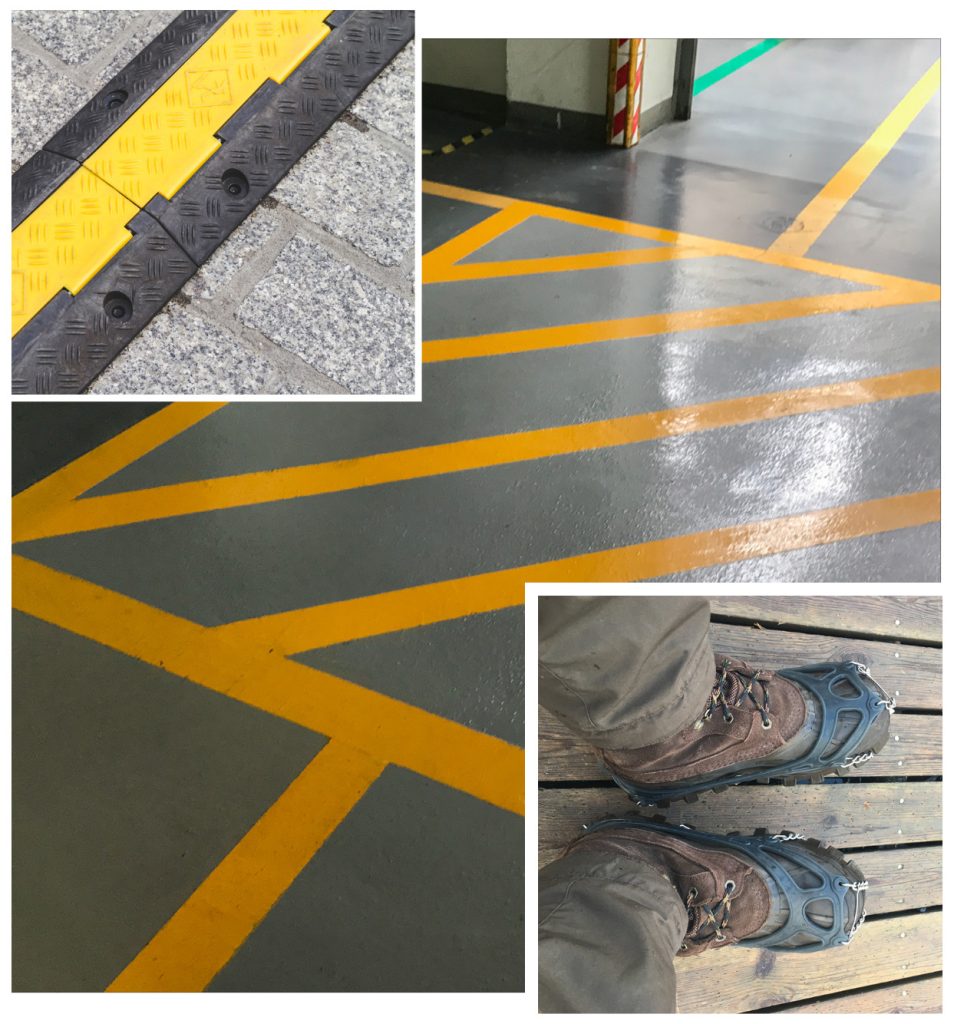
- Elimination (ex.: bringing a pipe down to floor level to be welded instead of at height.)
- Substitution (ex.: using wireless tools.)
- Engineering (ex.: installing anti-slip flooring.)
- Administrative (ex.: changing the distances or frequency of walking near a hazard.)
- PPE (ex.: Personal protective equipment such as appropriate footwear.)
As you can see, PPE, or personal protective equipment, is the last line of defense, but is often the only option. When PPE is used to prevent injury, the employer must protect the workers by providing the safety equipment and training the worker on how to use it properly.
The PPE available that can prevent slips, trips, and falls is abundant and differs by hazard. Here are some common items that are most often purchased for each type of hazard:
SLIPS:
- Work boots or shoes with good soles or ice grip attachments.
- Absorbent pads for any spills.
- Handrails.
- Proper signage.
- Non-skid pads.
TRIPS:
- Handrails.
- Signs.
- Good lighting.
- Floor striping showing walk areas.
- Cable covers.
FALLS:
When it comes to falls on the same level, the types of PPE mentioned above will help prevent many injuries. But when it comes to falls from a higher level, the employer must have a fall protection plan in place with the proper fall protection PPE and guards. They must also provide training for all workers involved. In my previous article, “Eliminate the Number One Cause of Death in Construction…Falls!” from the second quarter issue of Welding & Gases Today, fall protection from heights was the subject and included much more detail of the proper PPE needed. However, more and more shops are utilizing manlifts with proper railings to help prevent falls, and most of these manlifts still must have fall arrest equipment or restraints. In this case they would follow the manufacturers’ recommendations.
As always, it is important to offer your customers these safety products and training if possible. At General Air, we have grown our safety business by working with our customers, conducting training, and providing PPE products. Our customers all need and use these products, and if you are not supplying them, who are they buying them from?



